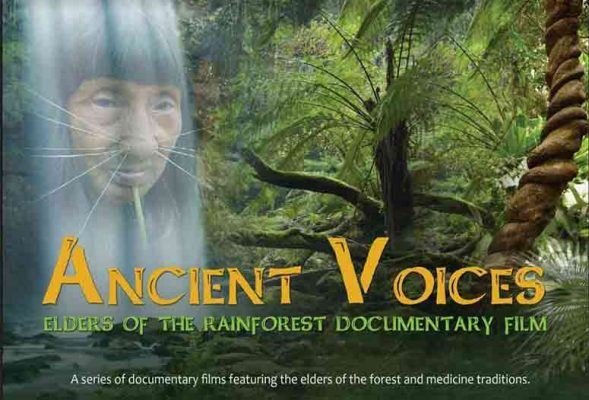Long-term studies
Old-growth forests contain large stocks of carbon in their biomass. When these forests are cleared and burned, this carbon is released into the atmosphere, contributing to global warming.
Scientists have also learned that when forests regrow, their carbon stocks in above-ground biomass increase over time, depending on climate, prior land use and features of the surrounding landscape.
” This study uses knowledge gained from long-term studies of tropical forests to address a pressing societal need,” says Saran Twombly, program director in the National Science Foundation (NSF) Division of Environmental Biology, which funded the research through NSF’s Long Term Research in Environmental Biology, and Dynamics of Coupled Natural and Human Systems, programs. “It shows that natural processes can provide a solution to the excess carbon dioxide threatening the planet.”
” This regrowth can happen without planting trees, through the spontaneous process of natural regeneration,” says Chazdon. “This is a low-cost way of restoring forests and of reaching carbon mitigation goals.”
The studies aimed to model the areas covered by regrowth forests across the lowlands of the Latin American Tropics in two age classes; to project potential above-ground carbon storage in these young forests over four decades; and to illustrate alternative scenarios for carbon storage where 0-80 percent of these forests are allowed to regenerate.
Major findings
Among the major findings of the study are:
While forest regeneration and protection alone can not fully compensate for greenhouse gas emissions on a global scale, researchers say the study affirms that this strategy can contribute significantly toward reaching international and national carbon mitigation targets.
Chazdon says that, remarkably, this huge amount of carbon storage doesn’t require costly tree plantings or conversion of farmlands. “It is all based on natural forest regrowth and only requires persistence and protection of the young forests and abandoned agricultural fields.”
Models of forest age in 2008 show that 17 percent of the forest area in lowland Latin America consists of young second-growth forest (1-20 years) and 11 percent consists of intermediate age forest (20-60 years).
Assuming that 100 percent of the second growth regenerates and persists over 40 years, carbon storage capacity doubles in young second growth and increases by 120 percent in intermediate age forests. In both forest age classes, a net gain of 8.48 trillion kilograms of carbon is stored over 40 years.
amount is equivalent to 31.09 trillion kilograms of CO2, which equals all the carbon emissions from fossil fuel use and other industrial processes in all the countries of Latin America and the Caribbean from 1993 to 2014.
Ten countries account for 95 percent of this carbon storage potential, led by Brazil, Colombia, Venezuela and Mexico. Forest-based climate change solutions
Forest-based solutions provide many other benefits, including hydrologic regulation, habitats and corridors for conserving biodiversity, and provision of non-timber forest products to local people, Chazdon says.
Prior carbon storage efforts have placed emphasis on avoiding deforestation. Chazdon says, “avoiding deforestation and supporting forest regeneration are complementary and mutually reinforcing activities.”[/vc_column_text][templatera id=”10446″][templatera id=”10299″][/vc_column][/vc_row]






 Join the Tribe
Join the Tribe